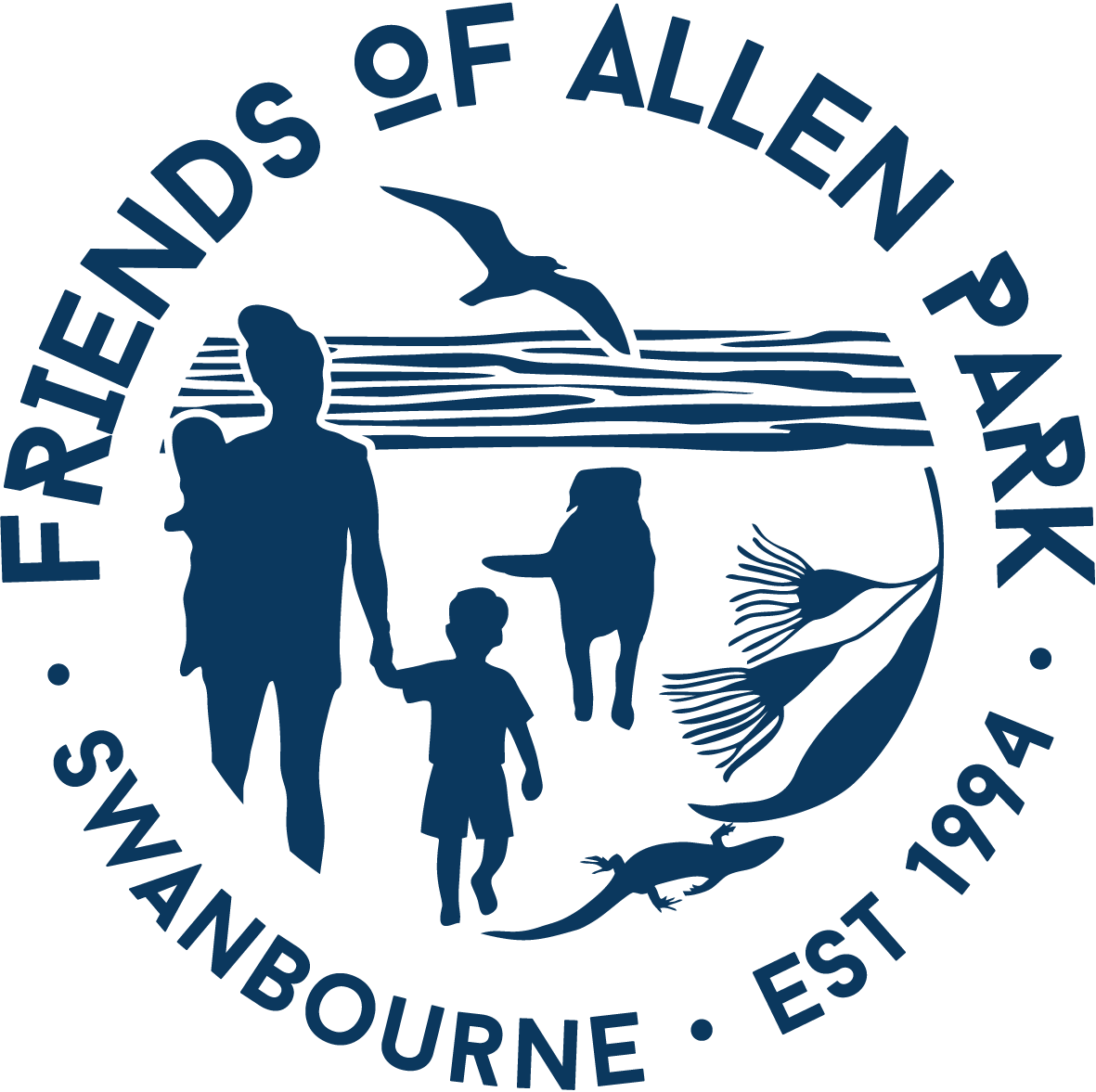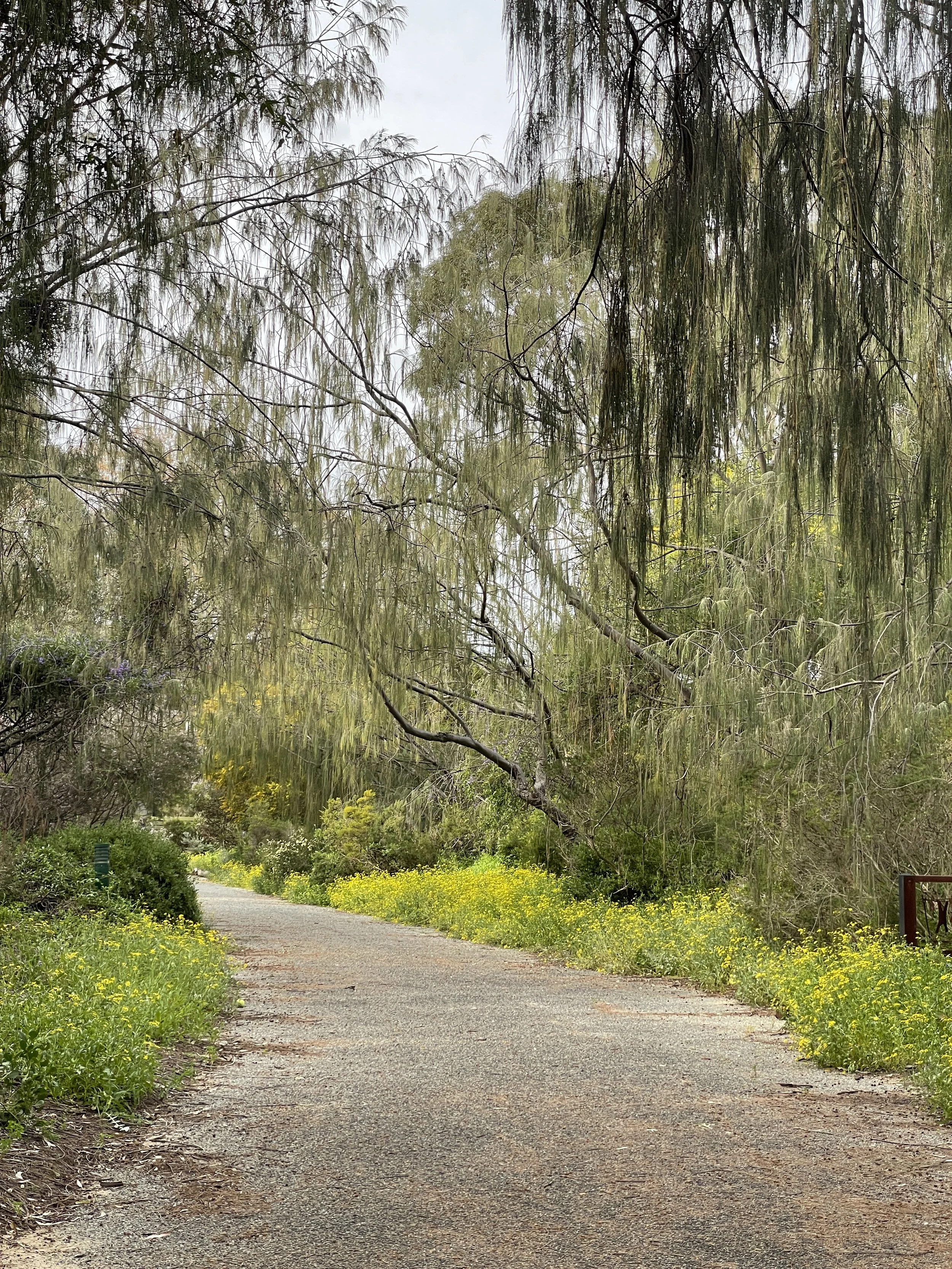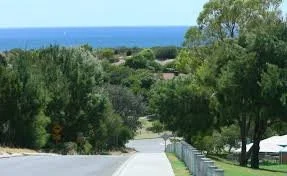Past Park Advocacy
The Walkway Campaign
1993
In December 1993, the local community that used and valued the area known as “The Walkway” between Sayer Street and Allen Park, was shocked to discover that the City of Nedlands was supporting a proposal by a developer to cover the walkway with two-storey units, destroying the bushland and threatening the flight paths of Boobook Owls.
The Walkway had been created in 1978 by the closure of a portion of Kirkwood Road between Wood and Sayer Streets; and had become part of the north-south coastal cycle route used daily by pedestrians who valued the ability to walk to the park, shops and beach without needing to cross a road. Importantly, it provided a level access for the young and elderly using prams, wheelchairs or walking frames.
The Walkway was Crown Land vested in the Council. At the time of the vesting in 1978, the Council had arbitrarily nominated the purpose as “aged housing” and it was this category upon which the developer had seized as a cheap way of obtaining land.
Eldercare, the developer, was proposing to build a two-stage development. The first stage would be the units built along the walkway. To qualify to live there, one member of the family needed to be over the age of 55 (hardly “elderly”). Under Eldercare’s policy, the units would be leased to occupiers. The second stage of the development was a proposal to build an intensive high-care facility on what was then empty land bounded by North Street, Pine Close, Lyons Street and Clement Street.
There was no guarantee that the second stage would ever be developed but Eldercare, and the Council, were keen to push ahead with the first building stage on the walkway.
An immense amount of energy was expended by local Allen Park residents to oppose this development and it was heartening to be joined by so many supporters from across the City of Nedlands.
To formalise what had become a strong and committed group of community members, the Friends of Allen Park (FOAP) was formed. Friends of Allen Park is open to anybody who lives in, or loves, the Allen Park precinct. It has the ability to call a meeting of the community about any matter of importance relating to Allen Park and its environs.
At the time of its formation, it was a forum for those who were working on the battle to save something that was precious. Ultimately, that battle was successful. A number of residents contributed towards the cost of a lawyer who specialised in local government (who was also a former councillor) and he discovered a legal loophole. It was not legal to lease homes on Crown Land that was vested in the Council for a purpose yet Eldercare’s proposal was to lease the units to occupiers. Some members of FOAP took out an injunction on those grounds and the work that was about to start on the development was halted at the eleventh hour.
Signs that had been erected to advertise the development were ceremoniously removed and a celebratory party was held on The Walkway in January 1995.
The Friends of Allen Park spawned another body: The Friends of Allen Park Bushland Group, which was incorporated and was able to apply for grants to assist with the rehabilitation of the bushland. The first working bee was held in 1996 on the denuded block adjacent to no 7 Sayer Street.
Members of the Allen Family were invited and were presented with commemorative T-shirts, emblazoned with the striking Templetonia flower, which is the symbol of the FOAPBG. Lesley Shaw, the first president of FOAPBG designed the T-shirt and drew the Templetonia flower.
Friends of Allen Park Bushland Group is today known as the Melon Hill Bushland Group Inc to distinguish it from the Friends of Allen Park advocacy group, however many people are members of both groups.
Preserve Seaward Village Campaign
2015
In 2015, residents of Swanbourne, including Defence families living in Seaward Village were shocked to learn of a plan by the (Federal) Government Business Enterprise, known as Defence Housing Australia's (DHA), to demolish all the existing houses and parks in Seaward Village. Families, many of them recently returned from engagements in the Middle East, would be moved to temporary housing. Seaward Village is a “suburb within a suburb” providing a safe and secure environment for serving Defence personnel and their families.
It was proposed that the Minister for Defence would briefly lift the legal Convenant that safeguarded the village and replace it on a smaller area of land. This process would exclude a large parcel of beachfront land from Seaward Village, which would then be sold to a developer. This would result in a property developer’s dream of 160 new private beachfront developments requiring newly opened access roads through Class A Reserve north of Sayer Street. The proposal was to rebuild Seaward Village into medium density townhouse-style homes with smaller gardens and far fewer parks for Defence families.
It was estimated that the green space in Seaward Village would be reduced from 16,560.88 square metres to 5,892.96 square metres ie a reduction by two thirds.
The whole community of Swanbourne rose in outrage at the proposal which would:
· compromise the sense of security of the Defence families,
· destroy native bushland,
· threaten fragile dunes and the vital Bush to Beach bush corridor,
· degrade an A-Class Reserve; and
· funnel a 300% increase in traffic through the neighbouring civilian area of Swanbourne.
It would also compromise the noise buffer currently provided by Seaward Village and the bushland, and threaten the long-term viability of Campbell Barracks in that location.
In an open letter to the Minister for Defence the Hon Marise Payne MP, the community urged her to consider the need to protect both the security and peace of mind of our Defence families, and the precious remnant bushland and the wildlife it supports, the need of which had never been greater.
Fortunately, then Minister for Foreign Affairs the Hon Julie Bishop MP, called for the Minister to undertake a review.
Lieutenant General (Retired) Mark Evans AO, DSC undertook a comprehensive review from 26 November 2015 and presented his report to the Assistant Minister for Defence the Hon Michael McCormack MP on 25th February 2016.
Happily, the outcome of his commendable period of consultation resulted in this recommendation:
“Following a thorough review of all available information, the following recommendations are made:
· The redevelopment of Seaward Village should not proceed;
· the Covenant should remain in place and the sale of land in Seaward Village should not be considered in the short to mid term;
· a refurbishment program for Seaward Village should be initiated as soon as possible, designed to provide high quality refurbished houses and reduce disruption to Defence members and their families;
· consideration should be given to ownership transfer of Seaward Village from DHA to Defence in the long term;
· and robust communication strategies should be developed to support the refurbishment program.
Another positive outcome for Swanbourne residents was the closing of an unauthorised road that had been built through Class A Reserve from Seaward Village into Sayer Street and beyond.
The resultant tranquillity has allowed safe walking for civilian and Defence families alike and has safeguarded wildlife in that corridor adjacent to Melon Hill.




